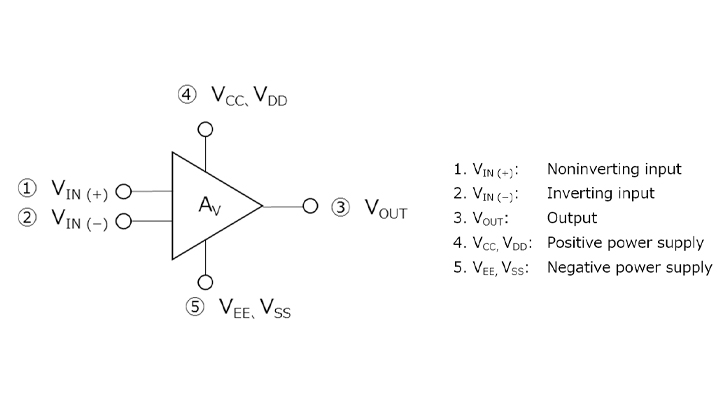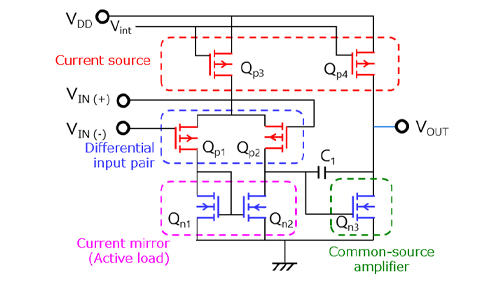- 型号 & 关键词搜索
- 交叉搜索
- 参数搜索
- 库存查询与购买
This webpage doesn't work with Internet Explorer. Please use the latest version of Google Chrome, Microsoft Edge, Mozilla Firefox or Safari.
请输入3个以上字符 Search for multiple part numbers fromhere.
The information presented in this cross reference is based on TOSHIBA's selection criteria and should be treated as a suggestion only. Please carefully review the latest versions of all relevant information on the TOSHIBA products, including without limitation data sheets and validate all operating parameters of the TOSHIBA products to ensure that the suggested TOSHIBA products are truly compatible with your design and application.Please note that this cross reference is based on TOSHIBA's estimate of compatibility with other manufacturers' products, based on other manufacturers' published data, at the time the data was collected.TOSHIBA is not responsible for any incorrect or incomplete information. Information is subject to change at any time without notice.
请输入3个以上字符
1、什么是运算放大器(op-amp)?

Op-amp”表示“运算放大器”。之所以称为运算放大器是因为其应用于各种运算操作,例如比较、加法、减法、微分和积分等各类运算。
图1-1显示了运算放大器的电子符号。运算放大器有五个端子:1)同相输入;2)反相输入;3)输出;4)正电源;及5)负电源。这里“反相”和“同相”表示相对于输出的极性。
施加于同相输入端的电压相对于反相输入电位放大了AV倍。输出端与同相输入端具有相同的相位。
施加于反相输入端的电压相对于同相输入电位也放大了AV倍。输出端与反相输入端具有相反的相位。
因此,输出端提供的电压等于反相输入端与同相输入端之间的电压差乘以AV。因此,当反相输入端与同相输入端具有相同电压和相位时,输出电压变为零。当反相输入端与同相输入端具有相同电压但相位相反时,输出端与同相输入端同相,所得到的电压等于二者的电压差乘以AV后的两倍。
尽管结构很简单,但运算放大器仍具有接近理想状态的放大器特性。因此,运算放大器广泛适用于各种物联网家用电器和其它电子应用领域的各类用途。例如,运算放大器用于放大来自传感器和测量仪器的模拟信号。
- 1/3
- Next



